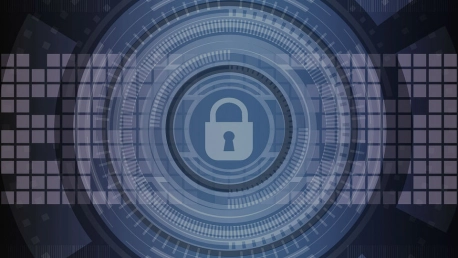
In a pioneering move, cyber-security expert Bruce Schneier approached the risks linked to embedded systems as early as January 2014. Embedded systems cyber-security raised a certain amount of interest in 2015, and will represent an even hotter topic in 2016. Taking a broad view on what embedded
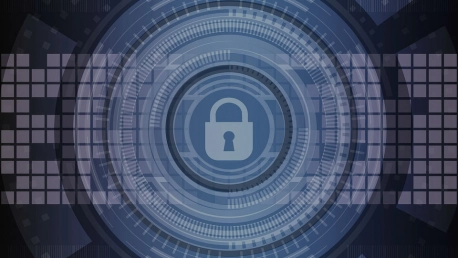
Malvertising is the assigned term for malicious advertising , which represents the action of hijacking legitimate online advertising networks performed by malicious factors in order to inject their own malware-ridden advertisements into the said platforms. The usual shape malvertising takes is that
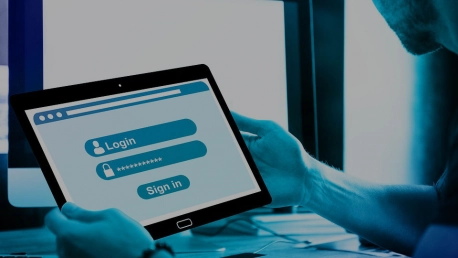
All good passwords have to meet a double condition: hard to guess, yet unforgettable in what their owner is concerned. Even more, how do you achieve that? Obviously, many password users fail at choosing the best virtual key for their accounts. Yet another password secret relies in seeing the
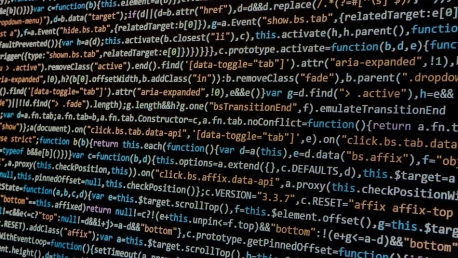
This year has seen some major cyber-security breach cases that brought to the general attention the fact that nobody is generically safe. From private companies to government agencies, cyber-attacks threaten all entities that handle sensitive data. Taking into consideration the cyber-data black

Searching for the optimum cyber-security defense configuration lead to the idea of employing machine learning in this field. Enterprises and researchers have regrouped their strategies in the aftermath of each and every notorious breach and attack, only to realize that this move will have to repeat
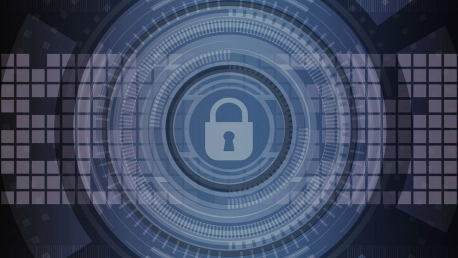
Acting as a cyber-security defense line, user behavior analytics (UBA) consist of monitoring the human behavior patterns that emerge from interacting with an IT system, establishing the normal zone and identifying any anomalies that could signal vulnerabilities or threats. This behavior-focused